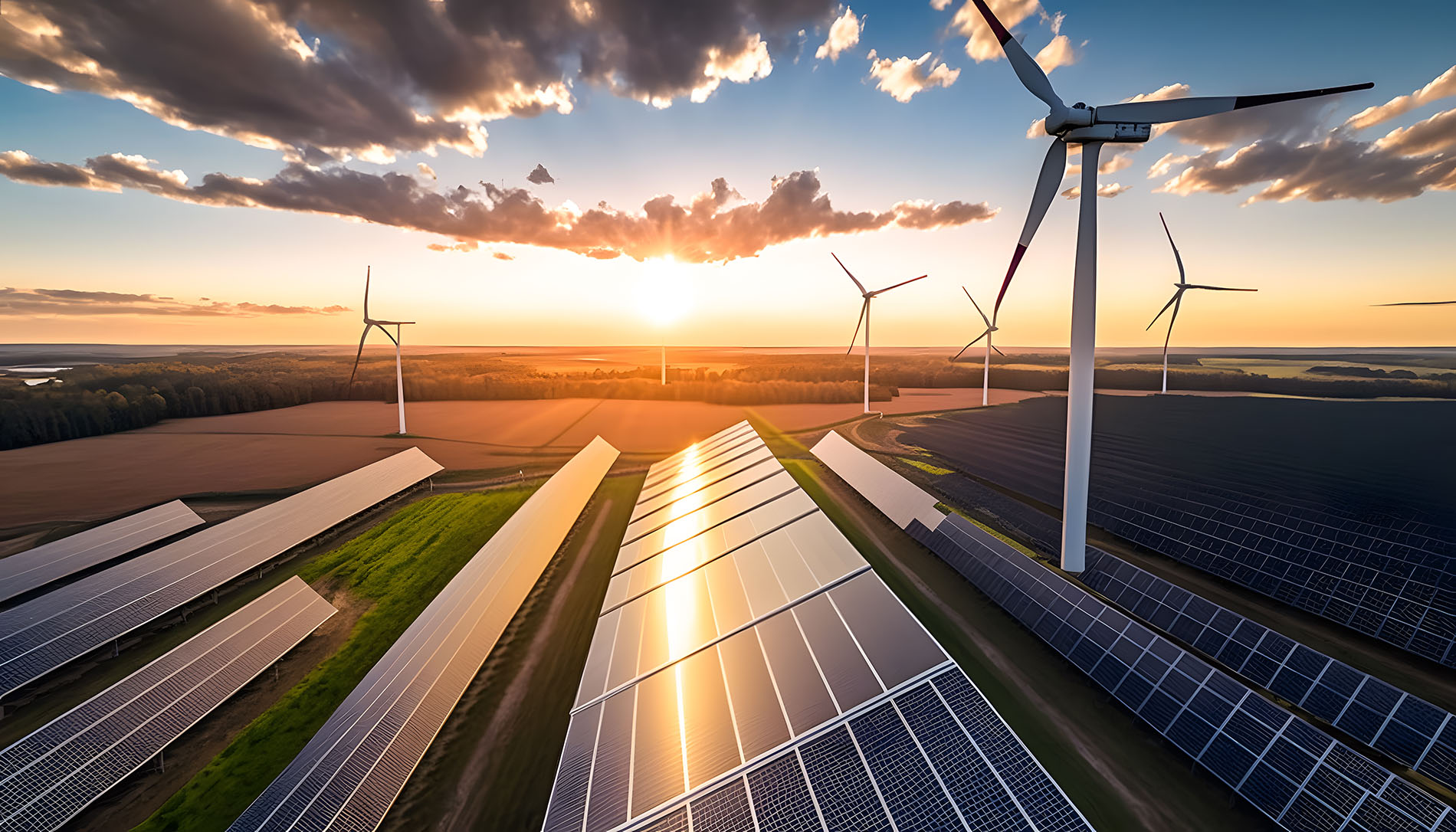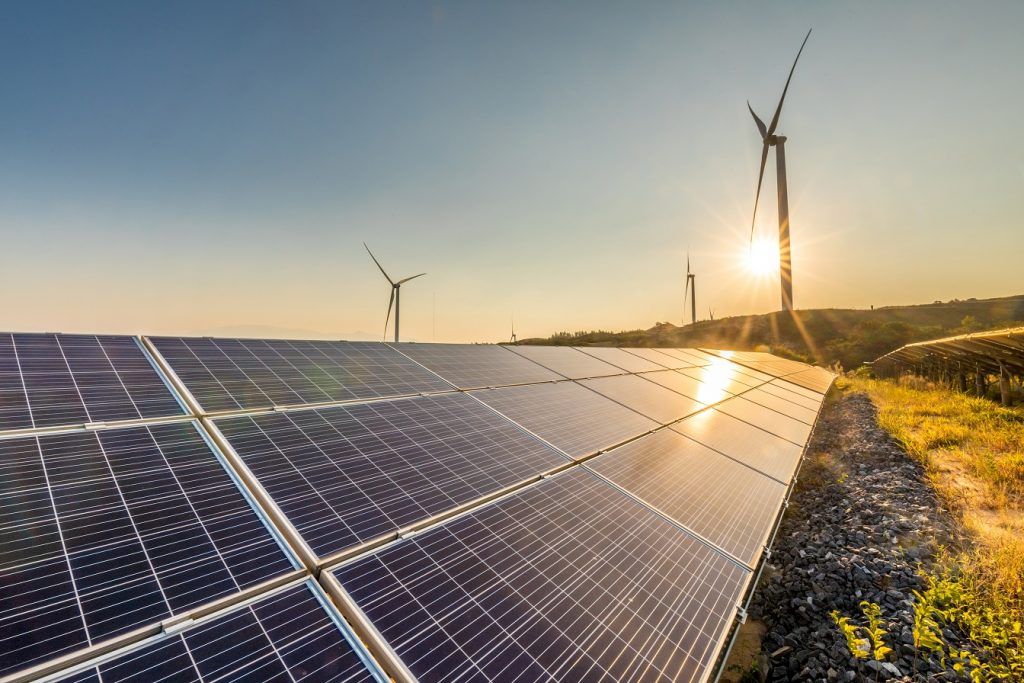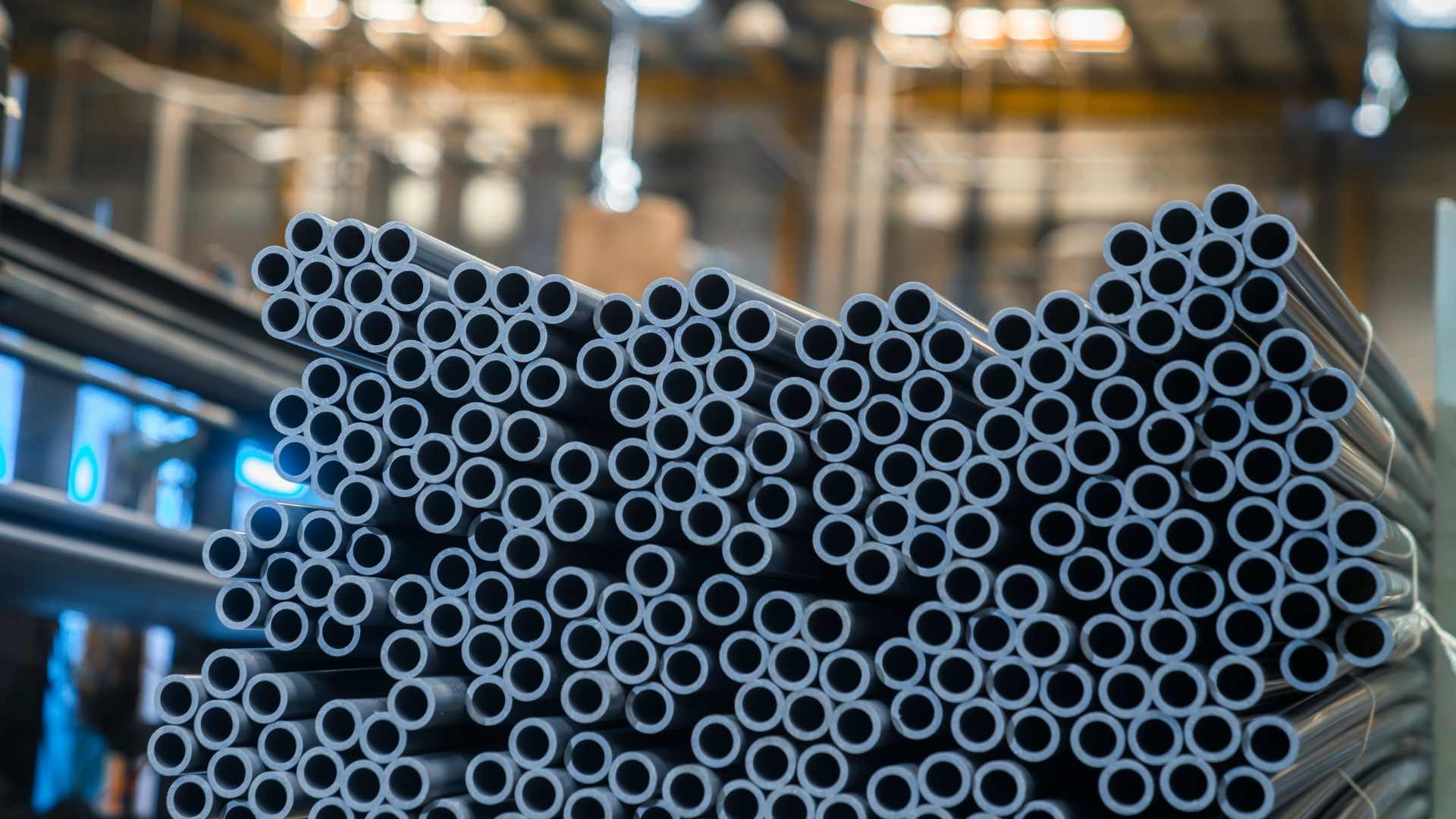Why Wind and Solar Power Work Well Together
Why Wind and Solar Power Work Well Together.

Wind and solar power are two of the most prominent sources of renewable energy, each harnessing natural resources—wind and sunlight—to generate electricity. While they have their unique advantages and challenges, they complement each other exceptionally well, creating a more reliable and sustainable energy system. Here's a closer look at why they work so effectively together.
Complementary Nature of Wind and Solar Power
- Seasonal Variability: Solar power is most productive during the summer when sunlight is abundant. In contrast, wind power often peaks during the winter months when winds are stronger. This seasonal difference allows for a more consistent energy supply throughout the year, with solar power covering the warmer months and wind power picking up during the colder seasons.
- Time-of-Day Balance: Solar energy generation peaks during daylight hours, particularly around midday. Wind energy, however, tends to be stronger in the evening and at night. By combining these two energy sources, the electricity supply can be more evenly distributed throughout the day, reducing the need for additional energy storage or backup power sources.
- Geographical Distribution: Different regions are better suited to different types of renewable energy. Coastal areas, for example, may have higher wind potential, while sunnier inland areas are more suitable for solar power. By integrating wind and solar power across various locations, the overall energy grid becomes more resilient and less dependent on a single energy source.
How Wind and Solar Work Together.
In an integrated energy system, wind and solar power are often connected to the same grid. This setup allows electricity from both sources to flow into the grid, where it can be distributed according to demand. Advanced grid management systems help balance the input from wind and solar with other energy sources to maintain a steady supply of electricity.
During the day, when solar production is high, the grid can rely more on solar energy. As the sun sets and solar generation decreases, wind turbines can take over, ensuring continuous electricity availability. This dynamic balancing act helps reduce the reliance on non-renewable energy sources and makes the energy system more flexible and efficient.
Managing Variability: What Happens If One Source Fails?

Despite their complementary nature, there will be times when one source of energy is less productive. For example, cloudy days can reduce solar power output, or a period of low wind can limit wind energy generation. However, several strategies can help ensure a steady electricity supply even in these situations:
- Energy Storage: Batteries and other storage systems can capture excess energy produced during peak periods. This stored energy can then be used when production from wind or solar is low, ensuring a continuous power supply and reducing the need for backup generators.
- Energy Efficiency: Improving energy efficiency in buildings, industries, and transportation can lower overall electricity demand. By using energy more efficiently, the impact of fluctuations in wind or solar power production is minimized, making the energy system more robust.
- Demand Response Programs: These programs encourage consumers to adjust their energy use during peak demand times. By shifting energy consumption to times when renewable energy is more available, overall demand on the grid is reduced, helping to stabilize the energy system and lower costs.
- Hybrid Systems: Incorporating other renewable energy sources, such as hydropower or biomass, into the energy mix can further enhance the system’s resilience. By diversifying energy sources, the system can better withstand periods when one or more sources are underperforming.
Conclusion
Wind and solar power are a natural fit for a balanced and sustainable energy system. Their complementary nature—whether through seasonal variability, time-of-day balance, or geographical distribution—makes them ideal partners in the transition to renewable energy. By integrating energy storage, improving efficiency, and utilizing advanced grid management, we can create a more reliable and resilient energy future that leverages the strengths of both wind and solar power.
Note: All images shown are from "Canva Premium".
Interested in harnessing the power of solar energy? If you want to inquire, just contact us, and we'll help you get started on your solar journey!
Email: inquiry@buildeee.com
Phone: 0992-347-4372
Looking for apartments, condos, and houses? Contact us now!
https://property.buildeee.com/
Interested in applying for a Loan? Visit us via:
Let's get connected!
Facebook: www.facebook.com/buildeee
Instagram: www.instagram.com/buildeee
YouTube: www.youtube.com/@BuildeeeTV
TikTok: www.tiktok.com/buildeee
Twitter: www.twitter.com/@buildeeepro
LinkedIn: www.linkedin.com/buildeee
- #solar panel
- #on-grid solar panel
- #off-grid solar panel
- #fundamentals of solar panel
- #how solar panel works
- #Energy efficiency
- #energy
- #wind power
- #power
- #solar and wind
- #like
- #share
- #sub
- #subscribe
- #fundamentals of wind power





